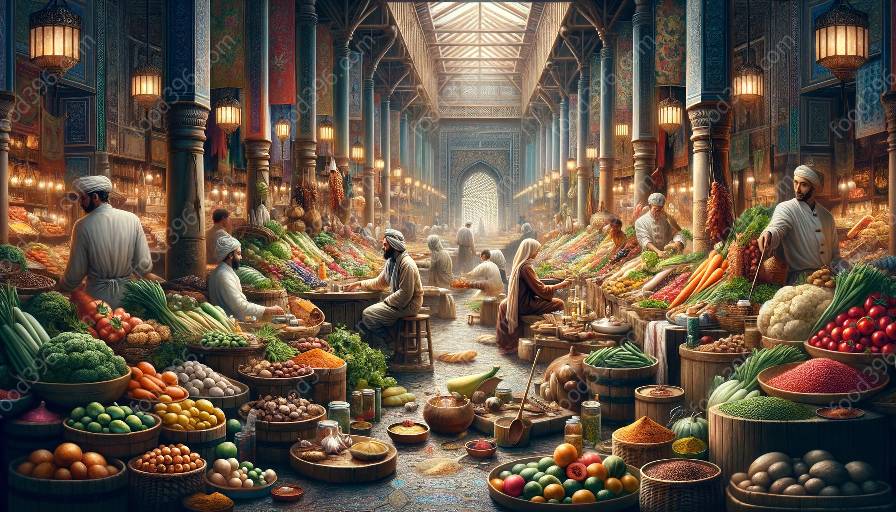The Renaissance period in Europe, spanning from the 14th to the 17th century, was a time of great cultural, intellectual, and artistic revival. It marked a significant transition in history, including the transformation of culinary traditions and the evolution of early modern cuisine history. During this period, the culinary landscape of Europe experienced a remarkable shift, influencing the development of cuisine history as we know it today.
The Cultural Significance of Renaissance Cuisine
Renaissance cuisine was deeply intertwined with the cultural, social, and economic fabric of European society. The period witnessed an emergence of culinary expertise, elaborate dining rituals, and the evolution of gastronomic culture. Let's delve into the rich culinary traditions of Renaissance Europe and their lasting impact on early modern cuisine history.
Exploring Renaissance Food and Dining Practices
Renaissance food was a reflection of the region's agricultural practices, trade networks, and dietary preferences. The advent of new ingredients from the New World, such as potatoes, tomatoes, and chocolate, broadened the culinary landscape of Europe. The use of diverse herbs, spices, and flavorings not only enhanced the taste of dishes but also symbolized social status and sophistication.
The dining etiquette of the Renaissance period was characterized by opulence and refinement. Lavish feasts, banquets, and elaborate table settings were synonymous with the display of wealth and social standing. The art of dining became a theatrical experience, with elaborate courses, entertainment, and luxurious tableware adorning the tables of the elite.
Evolution of Cuisine History in Renaissance Europe
The Renaissance era witnessed a pivotal transformation in cuisine history. Culinary traditions from across Europe merged, resulting in the exchange of culinary techniques, ingredients, and recipes. The proliferation of cookbooks and culinary treatises contributed to the documentation and dissemination of culinary knowledge, laying the foundation for early modern cuisine history.
Moreover, the influence of prominent Renaissance figures, such as Catherine de' Medici, played a crucial role in shaping the culinary landscape of Europe. Her culinary preferences and introduction of Italian culinary customs to the French court left an indelible mark on the evolution of early modern cuisine history.
The Legacy of Renaissance Culinary Traditions
The culinary innovations of the Renaissance era continue to resonate in the modern culinary world. The blending of regional cuisines, the introduction of novel ingredients, and the refinement of culinary techniques have left an enduring legacy. The influence of Renaissance culinary traditions can be observed in contemporary culinary practices, culinary arts education, and the perpetuation of gastronomic heritage.
Conclusion
The culinary traditions of Renaissance Europe epitomized a period of culinary renaissance, cultural exchange, and gastronomic evolution. The impact of Renaissance cuisine on early modern cuisine history is profound and enduring. By exploring the rich culinary heritage of Renaissance Europe, we gain insights into the cultural significance of food, dining practices, and the intricate tapestry of culinary history.

